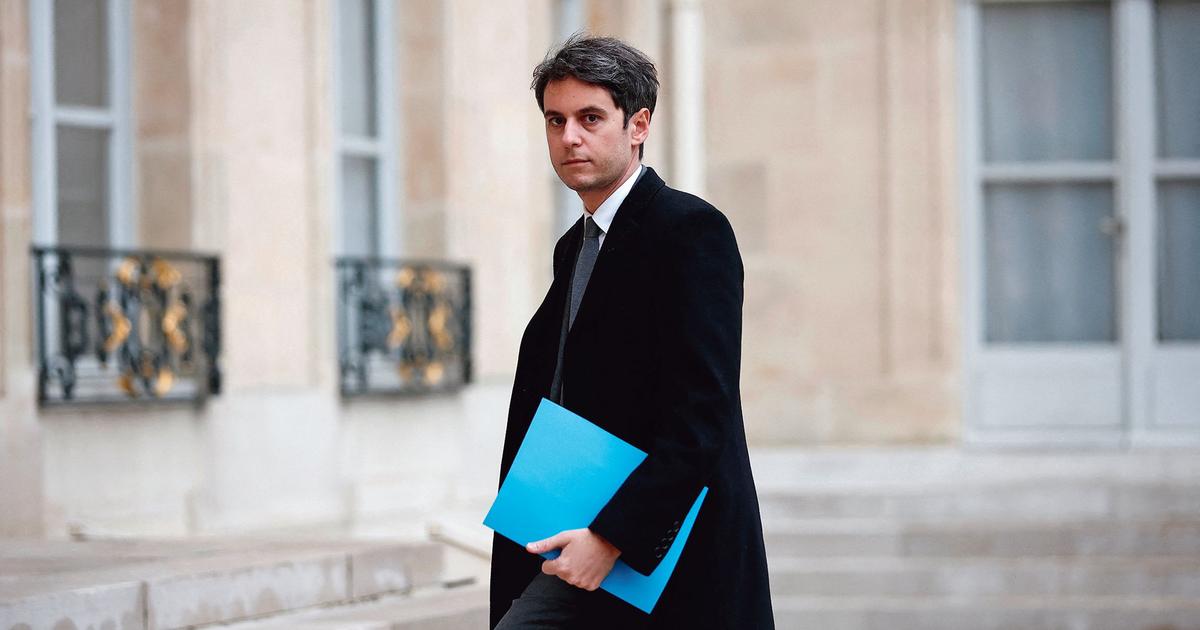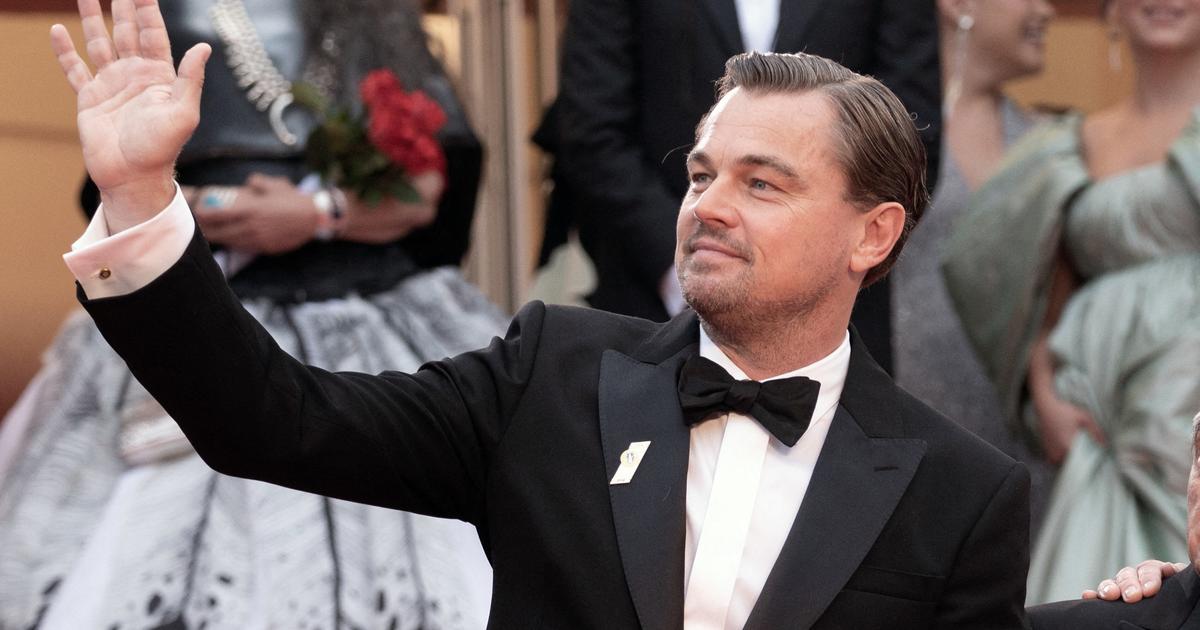When reading
Ronchamp
, by the architect Rafael Moneo, dedicated to the chapel of the same name by Le Corbusier, I remember how that unique building came into my life, breaking my limited conceptions of architecture.
I would have been 10 years old, and my EGB teacher in Palma del Río, Belén Liso, seeing that I liked to read, lent me books, including one called
The New Wonders of the World.
No matter how many times I've taken in old bookstores and online portals, where homonymous or similar books abound, I haven't been able to find that edition.
In it, Ronchamp suddenly appeared as an alien building.
I thought it was a temple from another world, but in reality it was a milestone from another time, an aesthetic contemporaneity that I had not yet reached.
I have always believed that such images of new architectural wonders broadened my sense of the world and my aesthetic education, for which I have my favorite teacher to thank.
Going through these days on bookstore websites the numerous books on world wonders that were published in Spain in the seventies and eighties, which in total add up to a few hundred images, has reactivated a constant concern that I have had since the appearance of social networks: among others significant collateral damage —increased self-esteem problems, anxiety, political polarization, addictions, cyberbullying, scams, writers— image-focused platforms, especially Tumblr and Instagram, are responsible for a crime whose implications we cannot yet assess: the loss of sense of wonder.
There are fewer and fewer corners safe from human photography.
Virgin areas are scarce, everything is registered by the objectives.
A few years ago, thanks to a drone equipped —of course— with a camera, it was possible to cover an almost inaccessible terrain in an Asian country.
Thanks to satellites, it has been possible to locate and portray Point Nemo, the most distant place from any terrestrial territory, located in the center of the Pacific Ocean, where only wandering plastics arrive.
Scientist Julian Bayliss discovered a virgin jungle area in Mozambique in 2018 using Google Earth, an application with which deposits, ruins, isolated tribes and supervolcanoes have also been found.
Everything inextricably linked to capturing his image, so portrait and discovery are already simultaneous.
The endless tourists travel the globe, camera in hand,
more keen to portray themselves portraying themselves than to observe the bubbling novelty before their eyes.
Producers and accumulators of photos, we are image databases (Bill Viola) who, in turn, consult image databases.
We prefer to buy hard drives to delete snapshots, because deleting photos, according to Jorge Franganillo, involves thinking about them.
We systematically visit the monuments and the unique places to plunder images, bundle up harsh prints, chain unfading gardens, diminish wonder and turn privileged locations into mere places, into commonplaces.
Nothing surprises us.
The cliché of the “incomparable frame”, coined in times sparse in wonders, no longer fits, because frames of interchangeable beauty abound, of tiresome plastic intensity.
We want to pretend to be explorers,
“but there is nothing left to conquer, no piece of land.
Motorcycles circulate through the deserts, and the frozen mountains have become unhealthy dumps” (Javier Moreno,
Event).
Camilo José Cela wrote: “In this life, always remember, it is enough not to be distracted to be amazed”;
today that phrase has lost part of its meaning.
The images of the marvelous are so copious that we need filters, bold foreshortenings, wide angles, risky poses on the edge of the abyss or drones to intensify the emphasis, to increase the great, to amaze the marvel.
Just when an enormous number of animal, vegetable or maritime treasures are lost due to melting, pollution, fire, flood or desertification, we have more images of them than ever.
As if our cameras knew that these wonders are going to become extinct and collected them in legitimate defense, as a vestige, like the butterflies that have been dumped in the basements of Biology faculties.
We devastate the planet at the same rate we portray it and only simulacra will survive us.
Samuel Beckett's unmentionable
said: “Yes, it is to be desired, to finish is to be desired, to finish would be wonderful”.
Perhaps the only wonder ahead.
Vicente Luis Mora
is a writer.
His last published novel of his is
Centroeuropa
(Galaxia Gutenberg).
50% off
Exclusive content for subscribers
read without limits
subscribe
I'm already a subscriber

/cloudfront-eu-central-1.images.arcpublishing.com/prisa/EBQFYVQPMZH6JMEVJLHR2HTZUQ.jpg)













